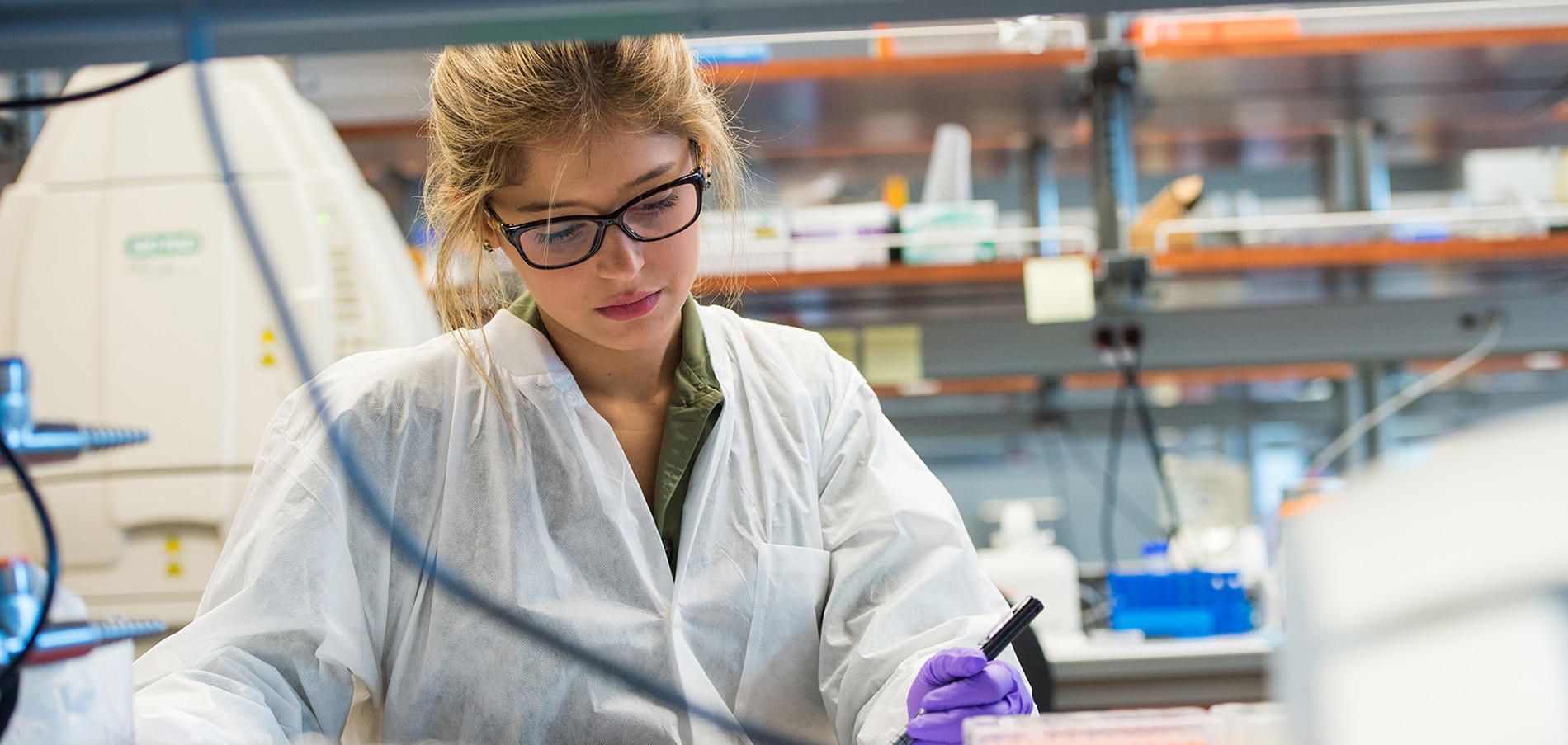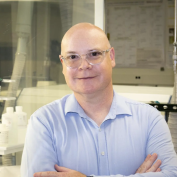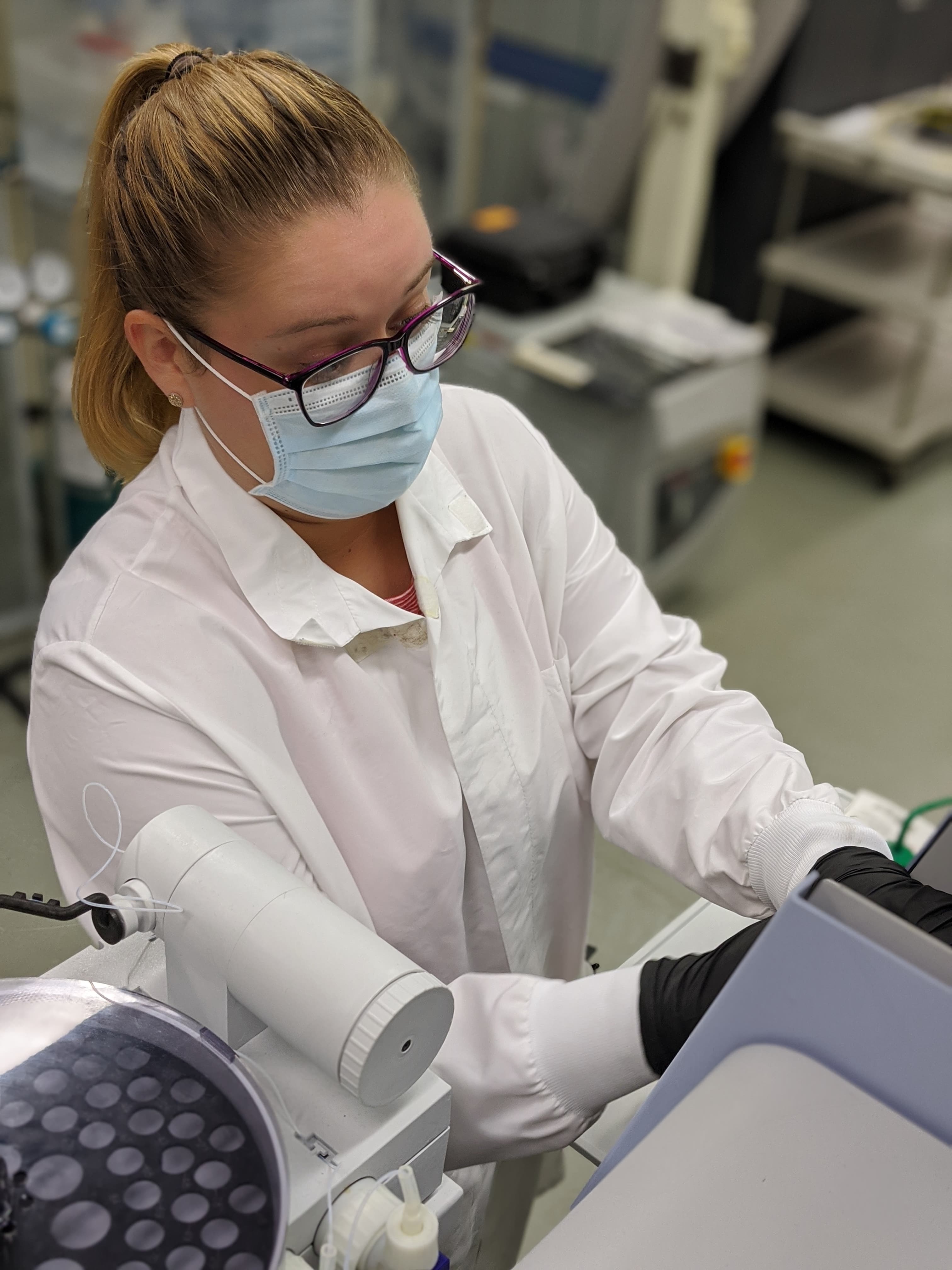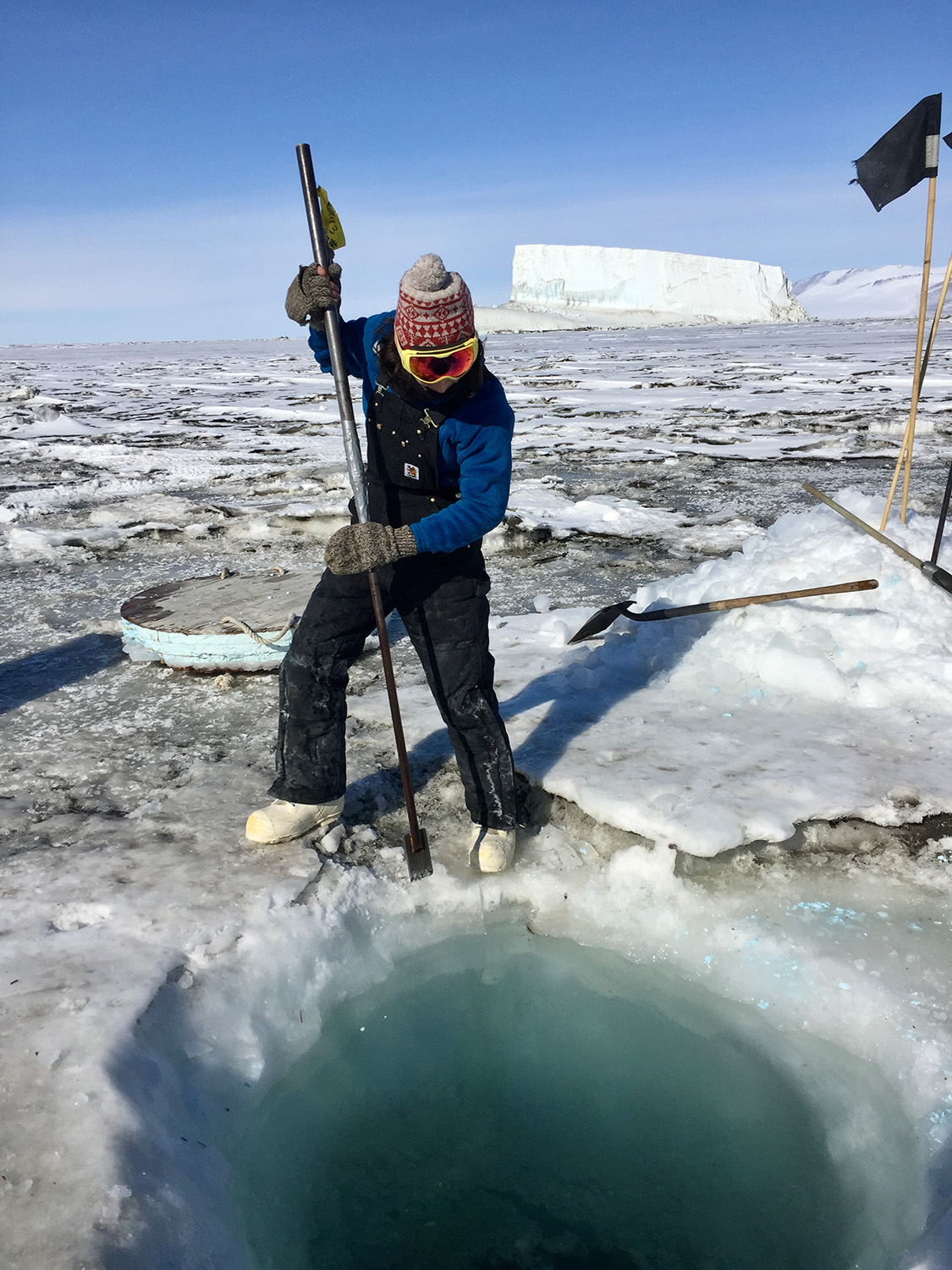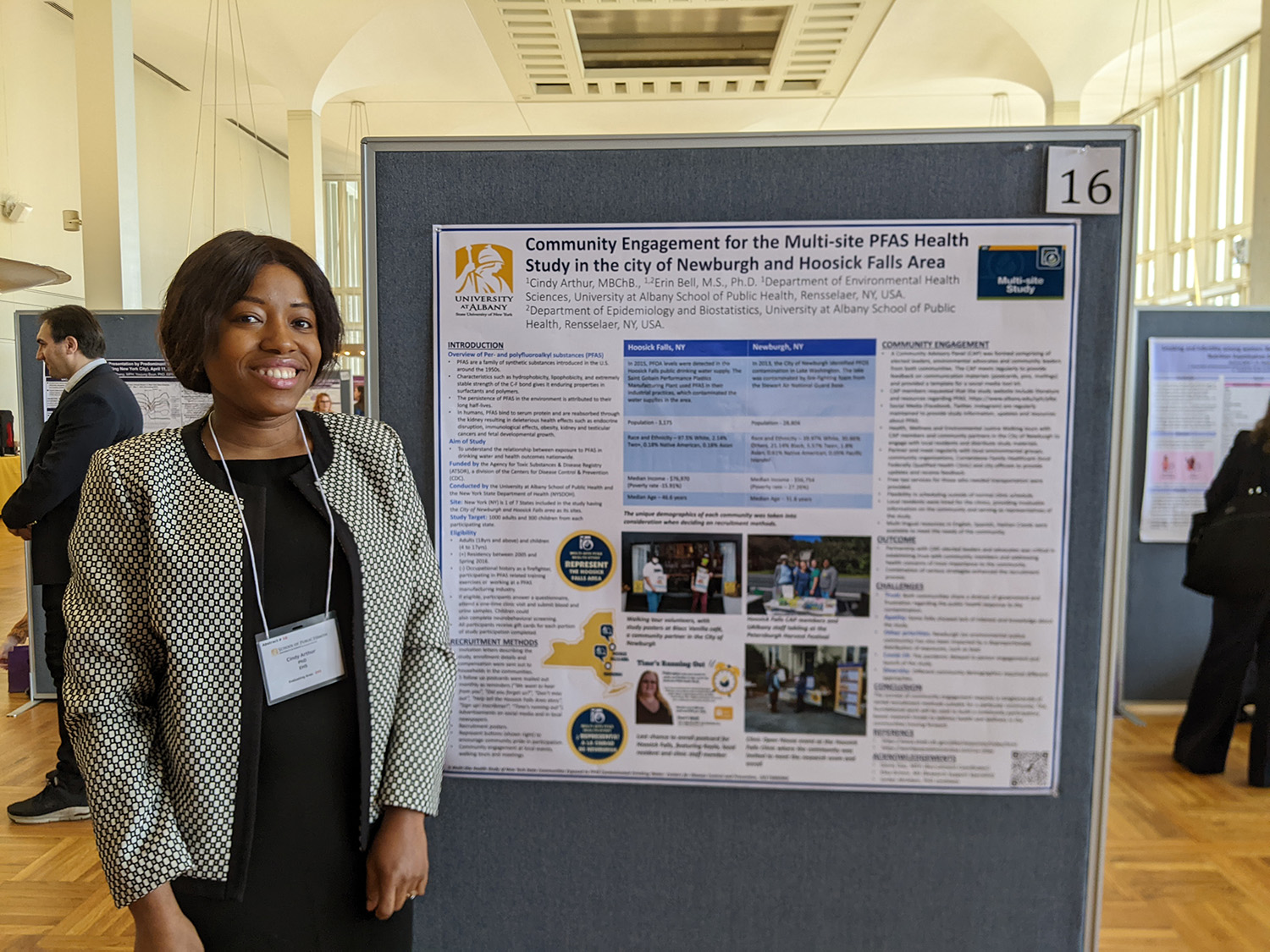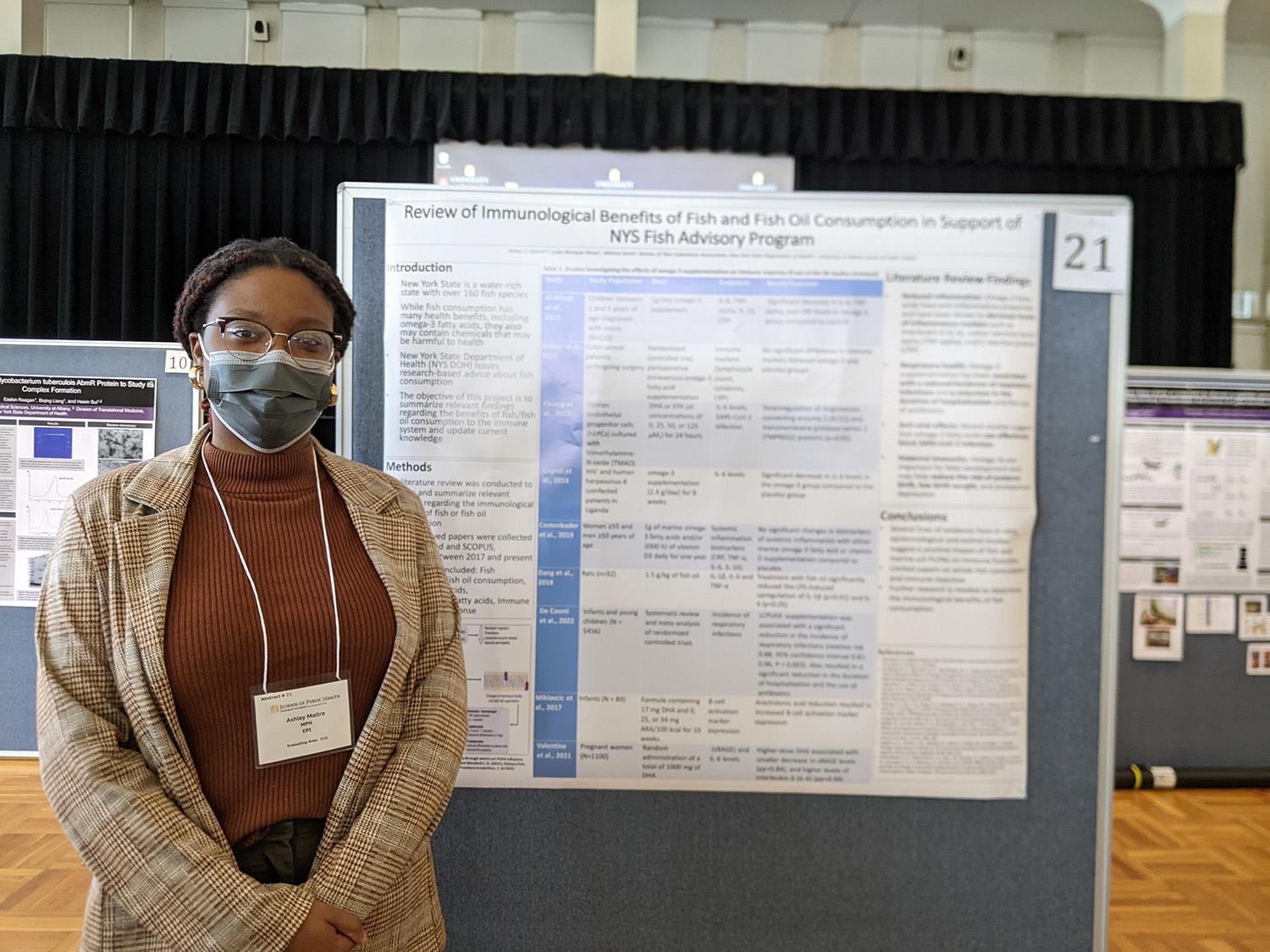The Department of Environmental Health Sciences is a joint venture between the New York State Department of Health and the University at Albany where laboratory scientists and population scientists collaborate together in addressing a broad range of environmental health issues.
There are different forms of environmental stresses that can affect the health of all animals and plants. Over the centuries global health has been improving but health disparities continue to exist and some technologies have led to alterations of our air, water and soil, which can affect the health of susceptible populations. The anthropogenic increases and redistributions of environmental chemicals have caused physical modifications apparent as “climate change” with direct and indirect effects on health such as more extreme fluctuations in temperature and more widespread and divergent dissemination of pathogens.
The Department of Environmental Health Sciences pursues collaborative research activities to better understand the collective and continuous exposures to environmental stresses (biological, chemical, physical and psychological) that affect health at all stages of life. Fetuses, infants, and the elderly are especially susceptible to environmental stressors. In our department, we have environmental chemists, who perform qualitative and quantitative analyses of the chemical and physical stressors in the environment and biological specimens; toxicologists, who assess the effects of environmental stressors on physiological processes and induction of disorders; and epidemiologists and biostatisticians, who evaluate the multiplicities of genetics and the lifetime environmental influences on health. Studies address why certain populations are more vulnerable due to genetics, age, sex, diet, lifestyle, and family and environmental history.
Chat with a Student
Pinebush Building, 1400 Washington Avenue
Albany, NY 12222
United States




